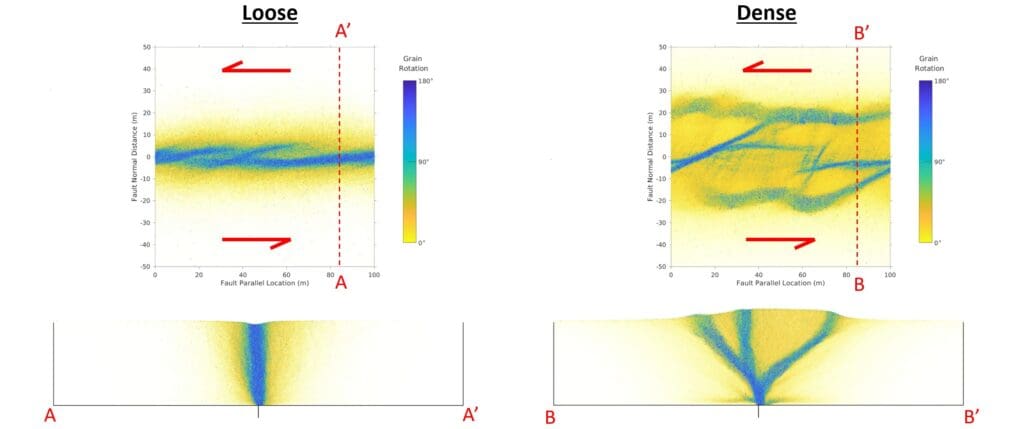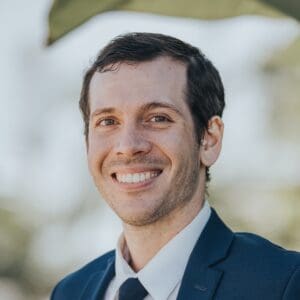Prof. Garcia’s research is about how the behaviors and interactions of individual particles influence the natural phenomena that we observe in nature. Many natural hazards can be modeled and studied in terms of the system of grains or particles that compose the hazard. Rock avalanches and debris flows are characterized by the collisions of individual grains that range in size from fine silts to large boulders. The hazard of earthquake surface fault rupture that has been observed to damage infrastructure around the world during large-magnitude earthquakes propagates along paths characterized by the response of soils to shear deformation. Even firebrands produced by wildfires can be modeled as a discontinuous collection of individual particles. When we model the fundamental discontinuous nature of these natural hazards, we can gain unique insight into the mechanisms that drive them and even develop mitigation strategies based on this insight. Prof. Garcia’s research group uses physical experiments with analogue “sandbox” models, advanced imaging with x-ray microcomputed tomography, and computational simulations with tools like the discrete element method to study how the characteristics of individual particles influence what we observe at the macroscopic level of these natural hazards.

Simulation results comparing how strike-slip surface fault rupture manifests at the ground surface and in the subsurface in loosely packed and very densely packed soils.
